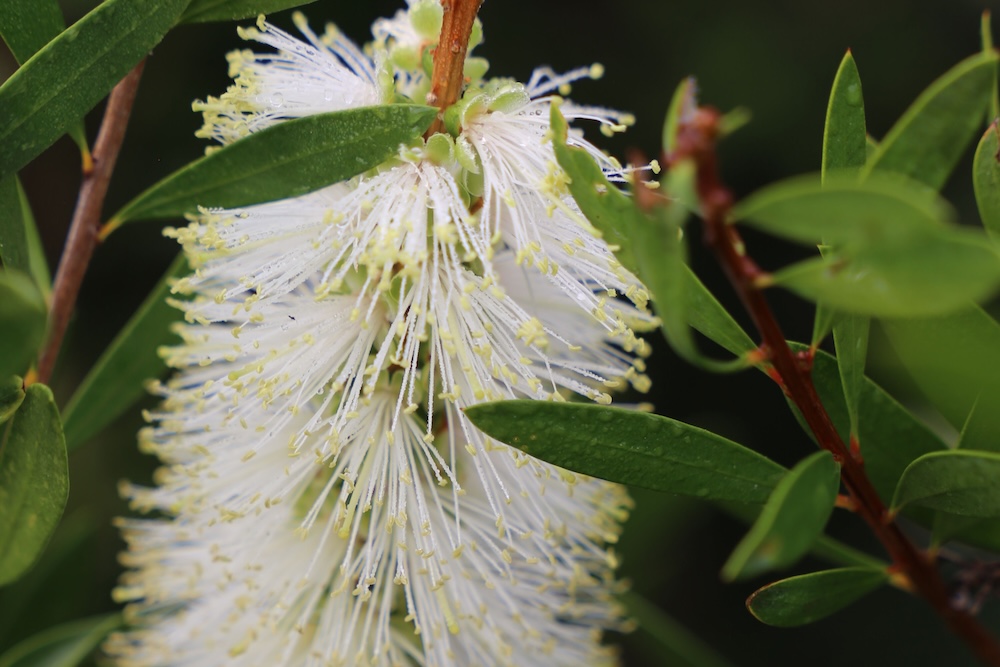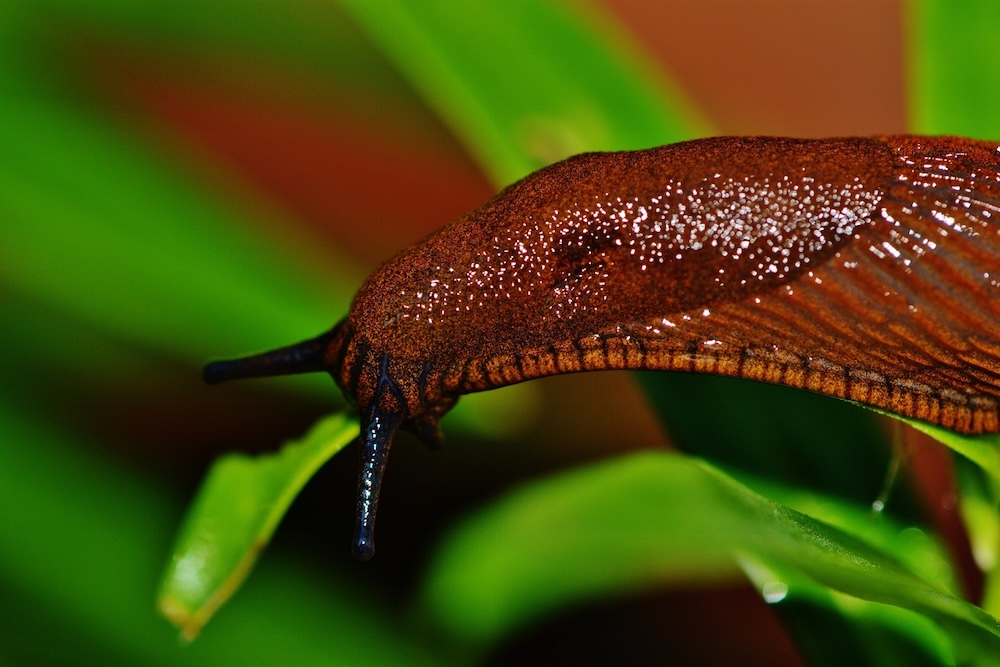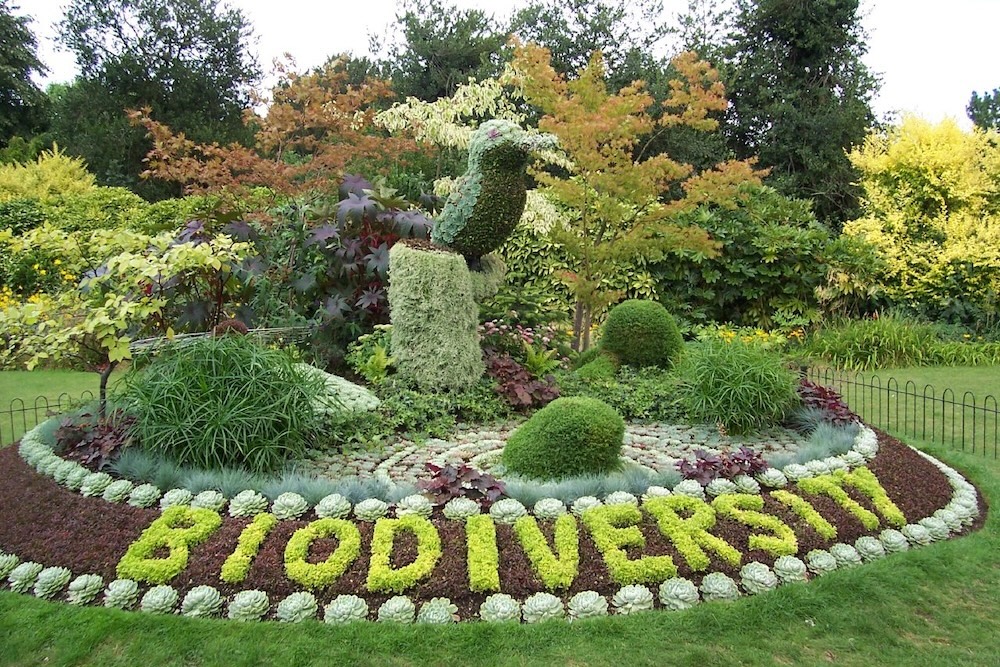These creatures are known to cause significant damage to a variety of plants, turning a once vibrant garden into a landscape of half-eaten leaves and stems.
Introducing Predator Insects to Reduce Garden Pest Populations
Are you sick of garden pests? Are you looking for a way to control them without harmful chemical pesticides? In this article, we’ll delve into the world of beneficial predatory insects and other organisms. This is one part of an Integrated Pest Management (IPM) approach.

Not all biological controls are insects – including arachnids like spiders and other predators such as birds – but they play a similar role when it comes to pest control. We’ll guide you on how to attract these beneficial creatures naturally and also explain how to purchase and release them for immediate relief.
Why Use Predatory Insects in Gardens?
The Role of Predator and Prey Insects in Ecosystems
“Pests,” despite their bad reputation, have a role to play within ecosystems. They help cull weak plants and serve as food for higher-order fauna. On the other hand, predator insects keep the populations of various pests in check, preventing them from causing extensive damage.
This delicate balance between pests and predator insects is also applicable to garden environments. By introducing predator insects, you’re essentially encouraging a mini-ecosystem where the populations of harmful pests are controlled naturally.
Both “pests” and “beneficial” insects are food to higher-order insects, reptiles, birds, and so forth.
Benefits of Using Predator Insects Over Chemicals
Predatory insects offer an alternative to chemical solutions for pest control. They provide several benefits over their chemical counterparts. Firstly, they’re safe to use. Unlike chemicals, they pose no harm to humans or pets. Except for a very small number of poisonous spiders, of course.
Remember that the number of spiders that are dangerous to humans are far outnumbered by those that pose us no risk.
Secondly, they’re environmentally sustainable. Using predatory insects aligns with the principles of organic gardening, which promotes ecological balance and conserves biodiversity.
Lastly, predator insects offer long-term effectiveness. While chemicals might offer quick results, their effects are temporary. On the other hand, once established, predator insects continue to control pest populations over a long period.
How to Attract Predatory Insects to your Garden Naturally
Common Predatory Insects in Australia
Each of these insects has a specific role in pest control. Here are a few of the most common types:
- Ladybirds: These colourful beetles are renowned for their appetite for aphids.
- Lacewings: Both the larvae and adult lacewings feed on a variety of small insects and mites.
- Predatory mites: These are useful in controlling spider mite and other pest populations.
- Hoverflies: Their larvae are voracious eaters of aphids.
- Spiders: These arachnids feed on a variety of garden pests.
- Parasitic wasps: They lay their eggs inside pests. When the eggs hatch, the larvae consume the host from the inside.
To encourage these beneficial insects to colonise your garden naturally, you need to create a favourable environment for them.

Creating the Perfect Environment for Attracting Predatory Insects
Attracting beneficial predatory insects to your garden is feasible without purchasing them. By establishing the right conditions, these insects are more likely to be attracted to, and stay in your garden.
Here are some ways to encourage predatory insects, insect-like organisms, and other predators into your garden:
- Plant diversity: Include a range of plants in your garden to attract different types of predator insects. Especially those with small flowers, such as alyssum and callistemons.
- Provide shelter: Create habitats like insect hotels or leave dead wood and leaves in your garden to offer shelter.
- Supply food: Planting flowering plants can supply nectar and pollen, which are food sources for many predatory insects. And allowing some pests to exist within the garden is important as well, otherwise they won’t have anything to feed on.
- Avoid pesticides: These can kill beneficial insects along with the pests. Opt for an Integrated Pest Management (IPM) approach instead. More on that later.
- Provide water sources: A shallow dish with pebbles and water can provide a drinking spot for beneficial insects.
By following these steps, you can attract a host of beneficial creatures to your garden, contributing to a natural and effective pest control system.
How to Purchase and Introduce Predator Insects Into Your Garden
Sure, it’s great to create a predatory insect haven in your garden. But that won’t help you in the short-term if you’ve got a large pest population you need to control right now. That’s where purchasing biological controls comes in.
Just keep in mind that if you haven’t built the right environment, they’ll fly away or die after the pest population has been knocked down.
Identifying Suitable Predator Insects
The first step in introducing predator insects into your garden is identifying the pests you’re dealing with. Once you know what pests are causing problems, you can determine which predator insects will be most effective.
You can identify pests by observing the damage they cause to plants, their appearance, or their behaviour. If you’re unsure, consider emailing a photo to an organisation like Bugs for Bugs for identification. Alternatively, you could consult a local horticulture expert or use online resources.
Visit the the Bugs for Bugs website, and if you’re still unsure you can send them photos if you’re unsure. That leads us to the next step.
Sourcing Predator Insects
For short-term relief from pests, you can purchase predator insects. Organisations like Bugs for Bugs offer a variety of predator insects for sale. You can also find other suppliers online by doing a Google search.
When sourcing predator insects, ensure you choose a reputable supplier. The insects should be healthy and compatible with your garden’s environment.

Releasing Techniques
Different types of predator insects require different releasing techniques to ensure they establish themselves in your garden. Some insects may need to be released directly onto the affected plants, while others may prefer to be released near a particular type of plant or habitat.
The time of day can also affect the success of the release. For example, some insects are more active at night and would benefit from a dusk release. Your retailer will be able to give you specific advice based on the exact species you’re releasing.
Daniel’s Wrap
Introducing predator insects into your garden offers a natural and sustainable way to control pests. By creating a welcoming environment, you can create a thriving, pest-resistant garden. And purchasing biological controls can help you out in a pinch.
So put that chemical pesticide bottle back in the shed and look to nature’s wisdom instead. If you’d like to learn more about Integrated Pest Management (IPM), read my article on the subject here.




This Post Has 0 Comments